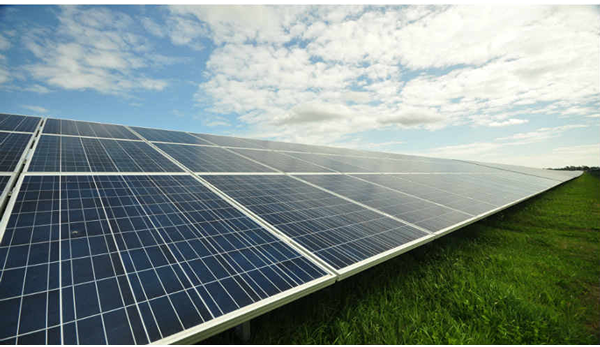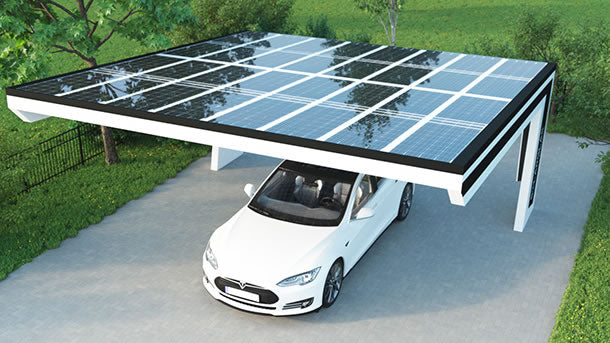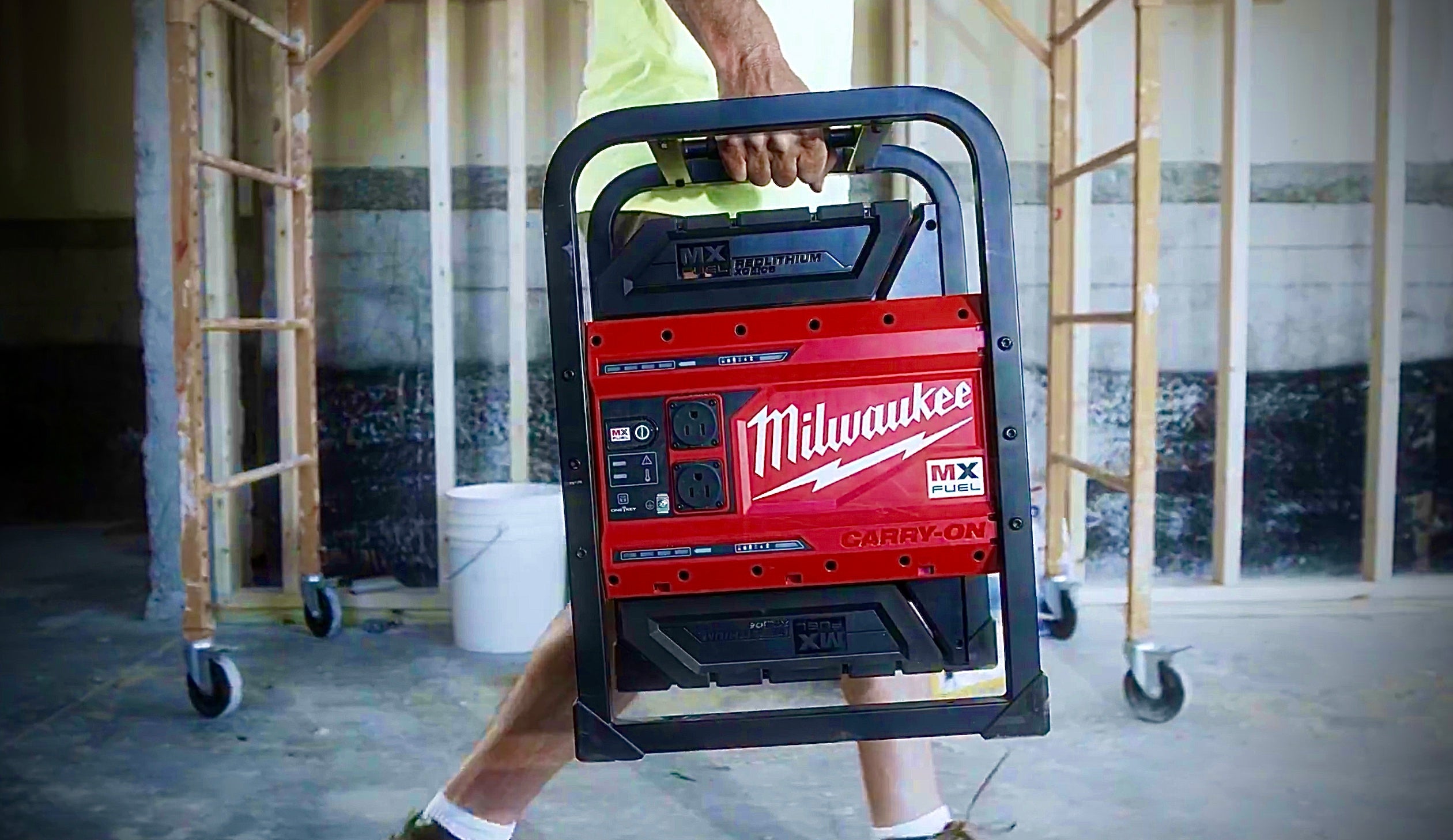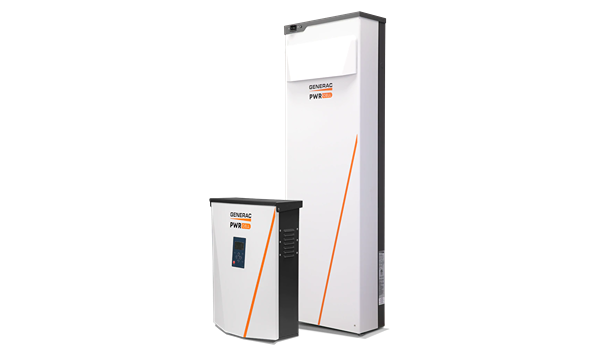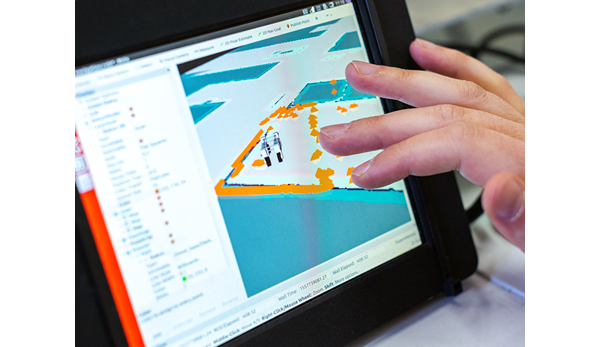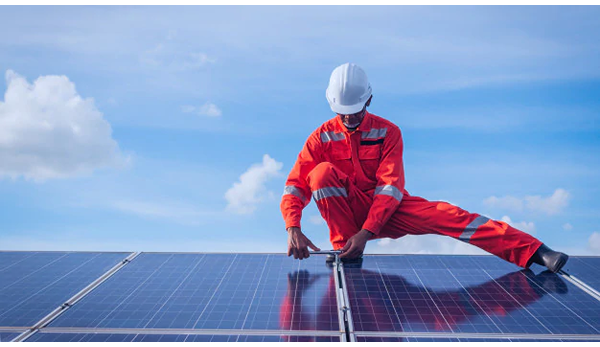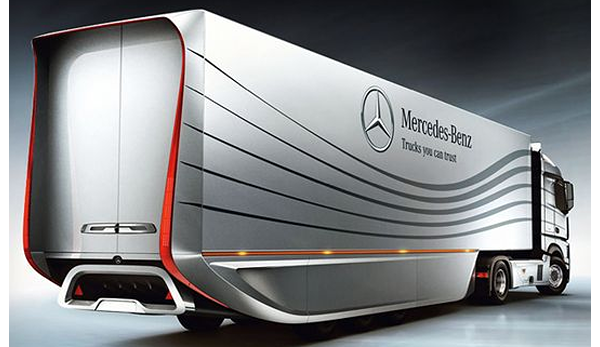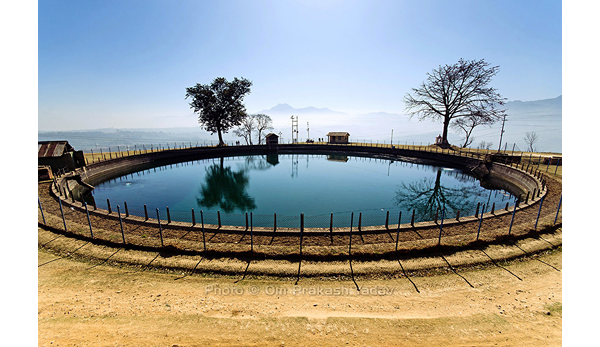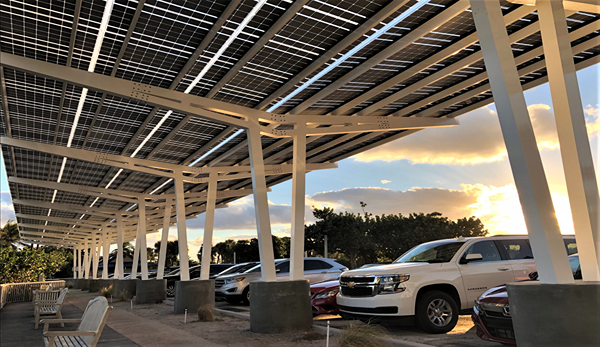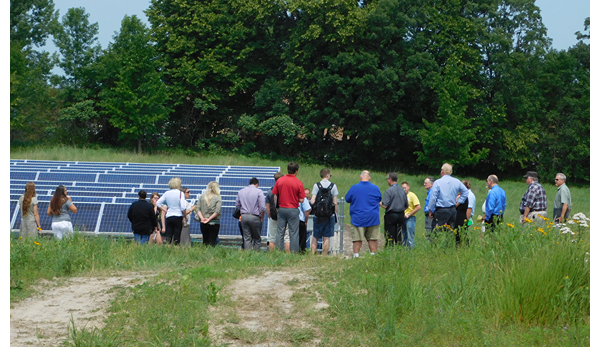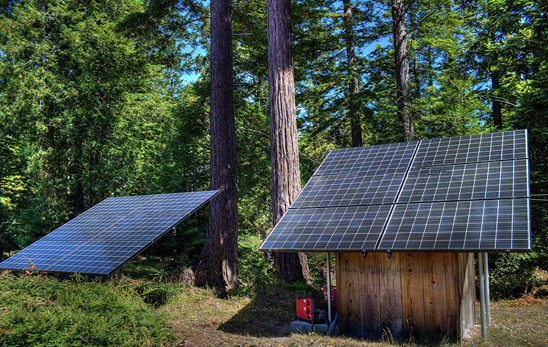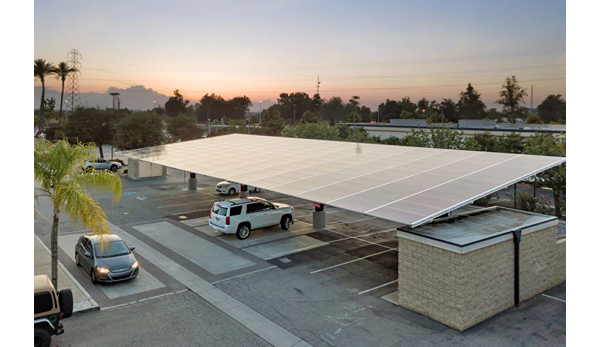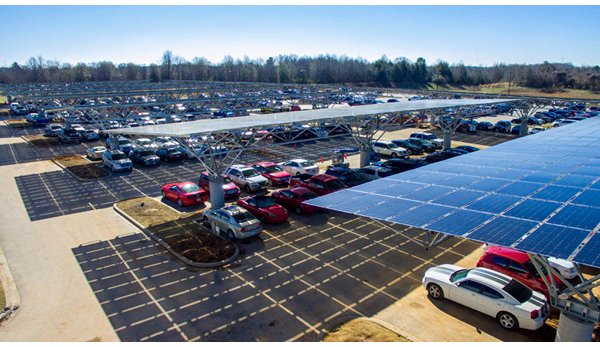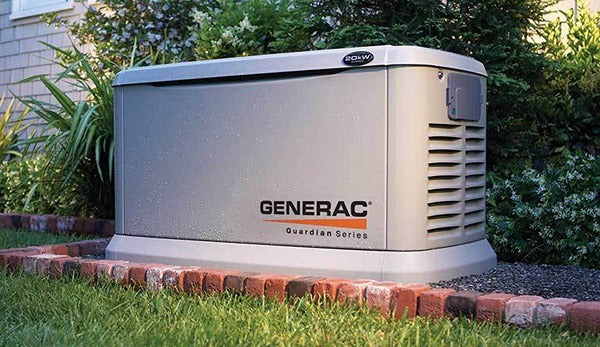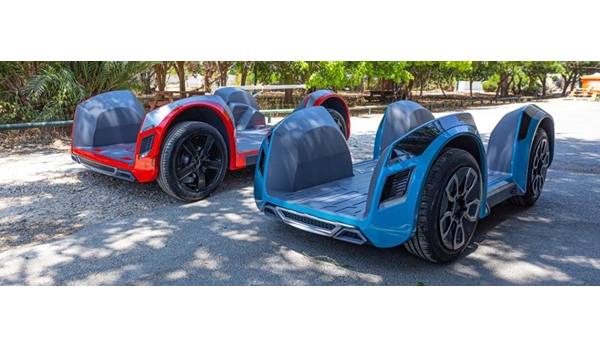
Points to Know About Portable Power Stations
Points to Know About Portable Power Stations
These battery-powered tools are the only sort of generator that can be utilized inside your home or job site safely.
Considering that fossil fuel generators release carbon monoxide, they require that you take critical precautions, consisting of running the tool outside, and also running it at least 20 feet away from any occupied structure.
In an age when we can charge our mobile phones with a battery pack that fits inside a pants pocket, shouldn't there be an easier way to recover electrical power in the wake of a storm? Or, say, power a camp site without the constant hum of a gas-fueled generator?
Such is the promise of Portable Power Stations
Such is the promise of portable power stations - often referred to as battery-powered inverter generators. Essentially, they're extra-large rechargeable batteries - about the size of a kitchen counter microwave oven. Most often you will plug them into a 110-volt outlet to charge them up as well as to top them off.
When circumstances call for it, you can securely run a Portable Power Station inside, since it does not create any emissions. They have enough capacity to power most small appliances for a reasonable duration. With a host of various outlets (typically 120v electrical outlets, USB ports, as well as DC battery chargers), you can use these Power Stations to charge most electronic devices. Often power stations will feature mobile solar panels, that add more charging capabilities and prolong runtime.
These generators have no fumes and also all of the versions make basically no noise. Yet, if these power stations fully discharge and if you're unable to use your photovoltaic panels, your car or truck battery, or a standby generator, you just can't recharge them.
Some firms claim these portable power plants are ideal for home readiness during storm seasons (as opposed to single-family homes with yards that could accommodate a gas generator).
5 Key Measures
There are five vital metrics used to rate a Portable Power Station
Runtime,
Power Delivery,
Power Quality,
Ease of Use,
Noise.
To test Runtime, run a continuous 300-watt load to mimic powering a television and a couple of electric lights. On top of that, hook the power station to a side-by-side fridge to see how long it lasts. The best models will power a fridge for 44 hours on one charge (the worst can only manage about 13 hours).
For Power Delivery, or just how well a model can maintain voltage when charged with different loads, utilize a variety of tools, including power tools or a submersible pump - and maybe a 10,000-BTU air conditioning system.
As a category, power stations run quietly: most all models gain an Excellent rating for noise.
Pros and Cons
Pros and cons on using Portable Power Stations
1. They Can't Deliver Nearly as Much Power as Gas Generators.
Similar to their fossil-fueled counterparts, Portable Power Stations call for a transfer switch should you want to power your household such as your heating system, ceiling lights, or anything else in your home that's hardwired.
A recreational inverter generator would most likely maintain the television as well as couple of lights for 8 to 13 hours on one storage tank of gas. You'd see anywhere from 3 to 9 hours of power, under the very same circumstances, with a Portable Power Station.
2. They Take a While to Charge.
Many models need hours of charging time (usually overnight) to provide you with a fully charged battery and also optimum runtime.
Presuming you completely charged the battery prior to a predicted weather event, a portable power plant can provide you with hours of electricity to run a refrigerator or any vital electrical device. Once that battery is drained however, if you're still without power and only have marginal sun, there's no other way to recharge.
3. Charging With Solar Panels Can Be Iffy and also Lengthy
If you're handling an interruption or you're off the grid, charging the power plant using solar panels is a good choice - provided you have excellent sun and no blockages.
Photovoltaic panels do add to the maximum runtime, yet that could just amount to an added two hours or so of power for bigger home appliances.
4. They're Not All That Portable
Portable Power Stations are about the size of an ordinary microwave oven, yet they're rather hefty. Most versions weigh more than 80 pounds. That implies you'll likely require an additional pair of hands to raise one into the trunk of your car. Several of the versions feature wheels, yet not all wheels are big enough in size, which makes rolling them over grass difficult.
5. They Don't Come Cheap
Portable power plant cost in between $1,500 and also $3,500.
The most effective portable gas fueled generators will set you back less than the worst portable power plant.
In case of a major outage, you can continue to add fuel to a gas generator which will typically offer sufficient power to keep bigger devices running. Prior to getting a Portable Power Station, make sure you can’t be adequately served by a portable fossil fuel generator.



